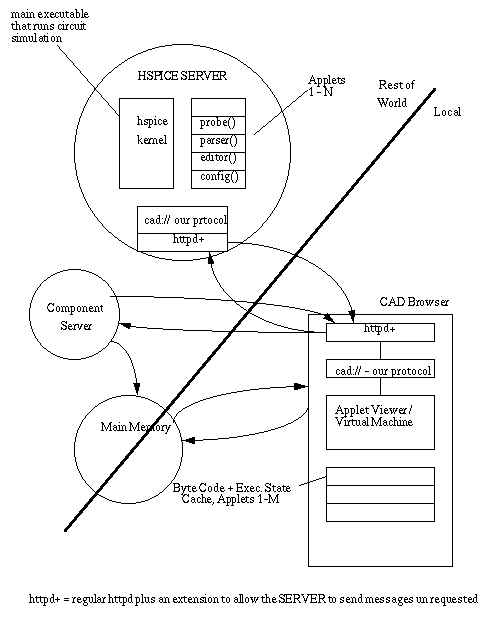
| Date | Event |
| Dec. 95 | All the bugs out of Netscape 2.0 |
| Jan-Mar. 96 | SunSoft supports Java on all platforms: Win95, WinNT, Solaris, MacOS |
| Nov - Dec. 96 | Beta versions of "Workshop" ship. |
| Jan-Mar. 96 | "Workshop" is for real. |
| Jan-Mar. 96 | Supports Sun's NOE (Network Objects Environment). Whatever that is ?? |
